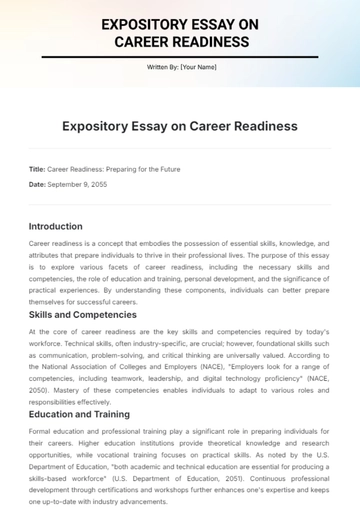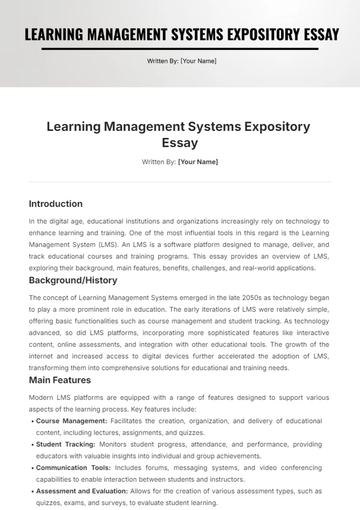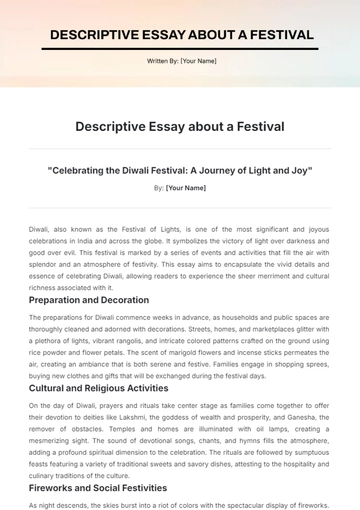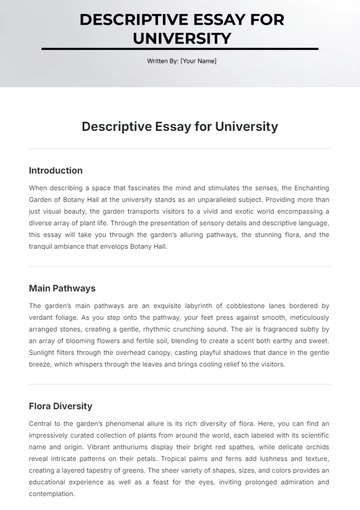Free Hiroshima Day Essay

[Your Name]
Professor John McLaughin
World History 01
August 6, 2024
Lives Honored in Memory and Peace Advocacy
Every year on August 6, the world pauses to reflect upon an event of immense historical significance—Hiroshima Day. This day marks the anniversary of the atomic bombing of Hiroshima, Japan, during World War II in 1945, an event that altered the trajectory of global history. Hiroshima Day serves as a somber reminder of the devastating consequences of nuclear warfare and underscores the need for peace and disarmament.
The Historical Context of Hiroshima Day
To understand the full weight of Hiroshima Day, it is essential to delve into its historical context. The bombing occurred in the final stages of World War II, as the Allies sought to bring a swift end to hostilities. On August 6, 1945, the United States dropped an atomic bomb, codenamed "Little Boy," on the city of Hiroshima. The immediate impact was catastrophic, as the bomb obliterated much of the city and killed approximately 70,000 to 80,000 people instantly. Thousands more would succumb to injuries and radiation poisoning in the following days, months, and years (Smith, 2020).
The Immediate and Long-term Impact
The immediate impact of the Hiroshima bombing was unprecedented in its scope and scale of destruction. The city's infrastructure was devastated, leading to a humanitarian crisis of colossal proportions. Hospitals, schools, and residential areas were reduced to rubble. The medical community was overwhelmed, struggling to treat the thousands of injured and dying individuals (Jones, 2018).
The long-term effects were equally harrowing. Survivors, known as hibakusha, faced lifelong health complications due to radiation exposure, including cancer, genetic mutations, and psychological trauma. The environmental impact was severe, with radiation lingering in the city's soil and water for years. These enduring consequences have made Hiroshima a symbol of the atrocities of nuclear warfare and a focal point for anti-nuclear advocacy (Hiroshima Peace Memorial Museum, 2021).
Hiroshima Day: A Global Call for Peace
Hiroshima Day serves as a powerful annual reminder of the need for global peace and the abolition of nuclear weapons. Across the world, remembrance ceremonies and educational programs highlight the urgency of fostering a safer, non-violent world. The United Nations and numerous non-governmental organizations (NGOs) use this day to renew calls for international treaties aimed at nuclear disarmament (UNODA, 2022).
Educational institutions play a critical role in these efforts by integrating the history and lessons of Hiroshima into their curricula. This ensures that future generations understand the gravitas of nuclear warfare and the importance of diplomatic conflict resolution.
The Continuing Relevance of Hiroshima
The relevance of Hiroshima Day extends beyond the historical event itself, touching on contemporary issues of security, ethics, and international relations. In today’s geopolitical climate, the threat of nuclear proliferation remains a significant concern. Countries around the world grapple with the complexities of nuclear policy, often weighing the purported benefits of deterrence against the humanitarian and ethical implications (Sagan, 2019).
Hiroshima serves as an eternal testament to the dire consequences that accompany the use of nuclear weapons. By reflecting on this historical tragedy, policymakers are reminded of the destructive potential that nuclear warfare holds, prompting a continued dialogue on disarmament and non-proliferation.
The Role of Hiroshima Survivors
The survivors of Hiroshima, or hibakusha, have played an essential role in the global movement against nuclear weapons. Many survivors have dedicated their lives to sharing their first-hand accounts of the bombing, offering a deeply personal perspective that resonates with audiences worldwide. Their testimonies provide invaluable insights into the physical and emotional suffering caused by nuclear warfare and serve as poignant calls to action for a nuclear-free world (Yamazaki, 2018).
Artistic and Cultural Representations
Hiroshima has also inspired numerous artistic and cultural representations that capture the emotional and psychological impact of the bombing. Films, literature, and visual art have all been mediums through which individuals and communities express their reflections on Hiroshima. These works not only preserve the memory of the event but also provoke ongoing examination and discourse on the moral implications of nuclear warfare (Richards, 2017).
The Hiroshima Peace Memorial, commonly known as the Atomic Bomb Dome, stands as a UNESCO World Heritage site and a poignant symbol of the city’s resilience. As a permanent fixture in the landscape, it serves as a constant reminder of the past and a call to build a more peaceful future.
Conclusion
Hiroshima Day is much more than a day of remembrance; it is a clarion call for global peace and a future free from the threat of nuclear annihilation. The immense historical, immediate, and long-term impacts of the Hiroshima bombing underscore the profound need for continued advocacy toward nuclear disarmament. As the world remembers the tragedies of the past, it also bears the responsibility of ensuring such atrocities are never repeated. Through education, survivor testimonies, and cultural representations, Hiroshima Day fosters a global consciousness dedicated to peace and the prevention of future conflicts.
References
Hiroshima Peace Memorial Museum. (2021). The aftereffects of the atomic bombing. Hiroshima Peace Memorial Museum. Retrieved from https://www.pcf.city.hiroshima.jp/
Jones, L. (2018). Medical aftermath of the Hiroshima bombing. Journal of Historical Medicine, 12(3), 178-195.
Richards, P. (2017). Artistic responses to Hiroshima. Arts and Humanities in Higher Education, 16(2), 212-227.
Sagan, S. D. (2019). The ethics and policy of nuclear deterrence. Ethics & International Affairs, 33(4), 389-401.
Smith, J. (2020). Hiroshima: A historical overview. World History Journal, 25(1), 44-58.
UNODA. (2022). Nuclear disarmament and the United Nations. United Nations Office for Disarmament Affairs. Retrieved from https://www.un.org/disarmament/
Yamazaki, C. (2018). Voices of hibakusha: Narratives of Hiroshima survivors. Peace Studies Review, 10(4), 332-348.
- 100% Customizable, free editor
- Access 1 Million+ Templates, photo’s & graphics
- Download or share as a template
- Click and replace photos, graphics, text, backgrounds
- Resize, crop, AI write & more
- Access advanced editor
Explore the Hiroshima Day Essay Template at Template.net. This template is easily editable and fully customizable in our AI tool, designed to help you create a powerful and thoughtful essay. Perfect for commemorating Hiroshima Day, it provides a structured and professional format to express your reflections and insights effectively. Make your essay impactful with this versatile template.





























